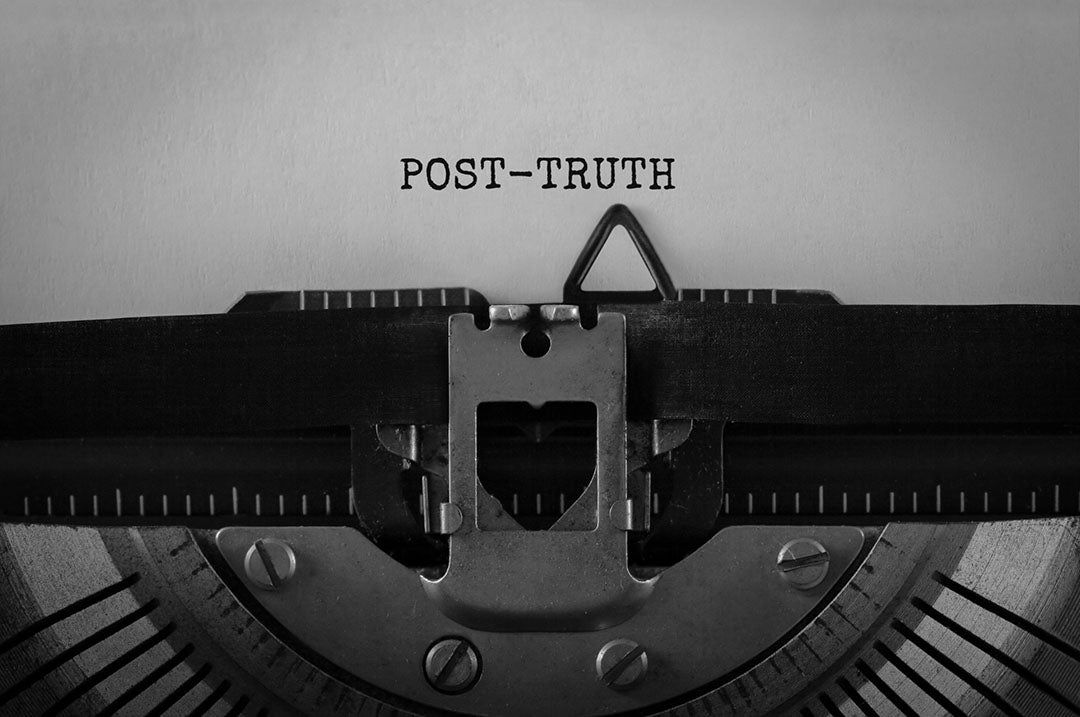Ronald Klain was White House Ebola Response Coordinator from 2014 to 2015, and currently serves as an External Advisor to the Skoll Global Threats Fund. This post has been updated and adopted from the author’s piece, Confronting the Pandemic Threat, published in Democracy Journal (No. 40, Spring 2016). He spoke about global conflicts at the 2017 Aspen Ideas Festival.
MERS in 2012. Ebola in 2014. Zika in 2015. Yellow Fever in 2016. The number, pace, and seriousness of infectious disease threats are accelerating due globalization, economic development, climate change, and more. Thus far in the 21st century, the world has avoided a catastrophic pandemic that could quickly take hundreds of thousands of lives. But is the world ready for such an event? Is the US?
Sadly, the answer to both questions is “no.” The West African Ebola epidemic illustrated this. It claimed more than 11,000 lives before it was brought under control — a failure of poor intelligence, weak national health systems, and a delayed response by the WHO and other global institutions. As bad as it was, it could have been far, far worse: Ebola is hard to transmit, the nations that suffered the epidemic were relatively small, and an outbreak was stopped in nearby (populous) Nigeria. Ultimately, the people of West Africa — with generous support from a global response, led by President Obama — beat Ebola and staved off a crisis that could have been much more ghastly. Next time, an epidemic may spread more quickly, the epicenter of it may be in places less open to outside assistance, in counties with cities containing large populations and many global travelers — with devastating consequences.
What can the United States do to lead global preparedness for such an event?
First, we need a better structure in place at the White House. The NSC should have a permanent Pandemic Preparedness and Response Directorate, led by a deputy assistant to the president. There should never need to be an “Ebola Czar” again.
Second, we need to give the president the tools for a quick response. A Public Health Emergency Fund should be established so a president can immediately act while awaiting congressional funding of a full response: The absence of such a fund allowed Zika to gain roots in the US in 2016 before Congress funded mosquito-control efforts. The president should be able to use the Stafford Act (which allows him to send immediate aid in response to natural disasters) in response to an epidemic threat. And a special federal response group — like FEMA, but for public health disasters — needs to be established in case we need to respond to a larger domestic outbreak.
Third, we need to invest robustly in research, preparedness and response. Congress made some critical down payments on this during the Ebola response but has started to cannibalize these efforts to fund other needs. Medical teams trained during the Ebola response must be drilled, retrained, and have equipment updated so that readiness is maintained. And recently proposed cuts in NIH and CDC — in part to fund a border wall with Mexico — are badly misguided. No wall, literal or metaphorical, can protect us from the infectious disease threats we face as a country and a world.
Fourth, we need to press for WHO reform and a multilateral response force. A new WHO Director General provides new hope, but one person is not a reform plan, and not sufficient. The WHO failed on Ebola; it must be fixed. And because someday we will need a disease-response security force in places where US troops are not welcome, a multinational “white helmet” battalion, as proposed by many EU leaders, must be assembled and be ready to deploy.
Fifth, we need a global system to determine which new vaccines and treatments are safe, and to compensate any patients injured by them. America is fortunate to have the National Institute of Allergy and Infectious Diseases, led by the incomparable Dr. Anthony Fauci. But its work cannot have full impact if we lack a global process to get new vaccines and treatments quickly tested, approved, and administered. During the H1N1 flu epidemic in 2009, doses of vaccine sat in warehouses because of a lack of a process to approve and administer it. Similar problems required a series of ad hoc solutions during the 2014-15 Ebola epidemic, and delayed administration of new vaccines during the 2017 Ebola outbreak in DRC. A global effort —CEPI — is underway to help find vaccines for future epidemics. But that scientific effort must be match with policy and legal initiatives to determine how to approve new vaccines and treatments quickly, how to set appropriate risk parameters, and how to compensate any persons injured.
Sixth, and perhaps most importantly, we must fund a continuation of President Obama’s Global Health Security Agenda. President Obama launched a Global Health Security Agenda (GHSA) in 2011 to help countries located primarily in Africa and Asia build up their own epidemic detection, treatment, and response capacities. The 2014 Ebola Supplemental Appropriations bill included a substantial boost for the GHSA, but we still have a long way to go. The US must continue the work to create an “African CDC” so the nations of that continent are not dependent on our CDC to identify and track infectious disease outbreaks. Ultimately, the only way to prevent a horrific epidemic on our shores is to build national public health capacities in other countries where the threat is likely to emerge.
Next year, in 2018, we mark the 100th anniversary of the horrifically deadly Spanish Flu epidemic — a disease that claimed more American lives than World War I and World War II and Vietnam combined. This anniversary is a reminder that a threatening test of global health systems and international response capabilities is on the horizon, with potentially devastating consequences. The United States, and the world, needs to be ready.
The views and opinions of the author are his own and do not necessarily reflect those of the Aspen Institute.


